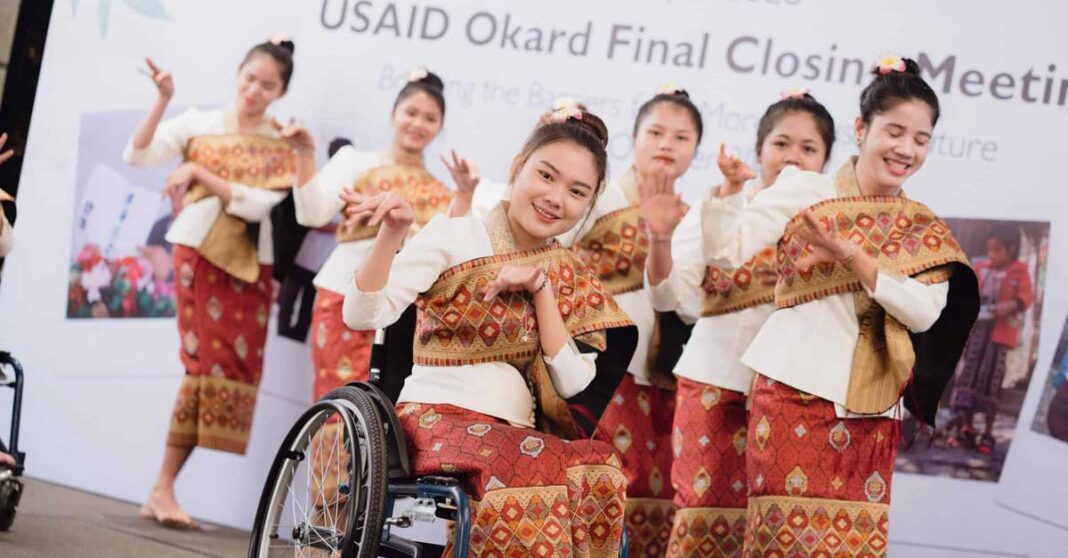The United States Agency for International Development (USAID) is set to provide Laos with up to USD 15 million to improve the lives of persons with disabilities in Laos.
This initiative is part of the second phase of the Okard Project, which spans from 2024 to 2027 and focuses on helping persons with disabilities gain equal access to health and social services.
The new phase will build on the successes of Phase I, which took place from 2017 to 2023.
On 17 July, the Lao government signed two agreements with the World Education (WE) to promote inclusive development and improve rehabilitation services in Vientiane Capital, and Xieng Khouang, Savannakhet, and Sekong provinces.
The Okard project is set to address four critical areas: health, economic empowerment, stakeholder engagement, and community-based inclusive development.
Speaking at the event, Deputy Minister of Labour and Social Welfare Leepao Yang expressed gratitude for USAID’s additional support for the Okard Project. He emphasized the government’s efforts to support persons with disabilities through social policies and facilities that cater to their needs according to local socio-economic conditions.
Meanwhile, David Sintasath, USAID’s Acting Office Director of Health and Governance also acknowledged the growing partnership between the US and Laos. He noted that the agreement marks a significant step in supporting persons with disabilities through equal access to rights and social services.
Over the past six years, the project has helped over 29,000 people with disabilities improve their daily living and skills. It has also provided specialized assistive devices to more than 2,000 people, connected over 8,000 individuals with health and rehabilitation services, and trained over 5,000 service providers.
Despite this success, in 2020, the United Nations Population Fund (UNFPA) revealed that Laos has over 160,000 individuals who have a disability. The rate is higher in remote areas and among various ethnic groups, with 3.33 percent in roadless rural areas.
UNFPA stated that people with disabilities over 10 have lower employment rates and higher unemployment compared to those without disabilities and that youth and women with disabilities are particularly excluded from education, vocational training, and the workforce.



